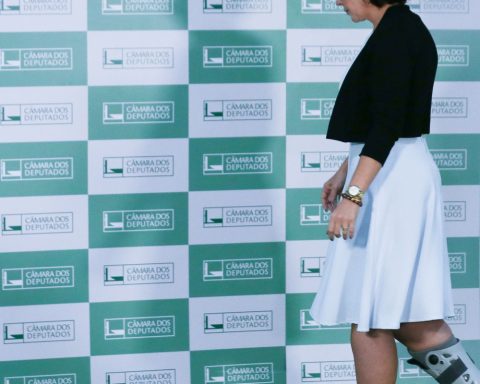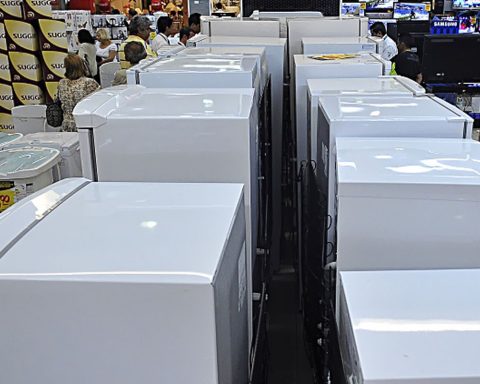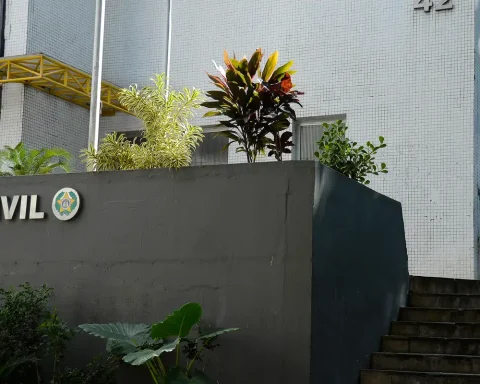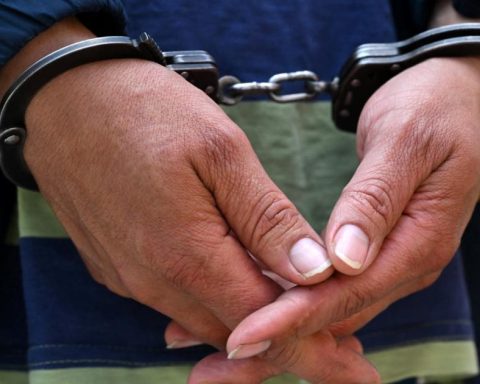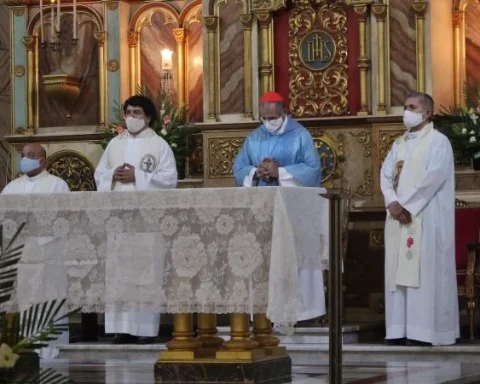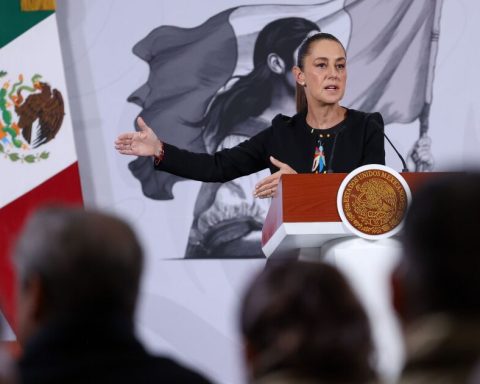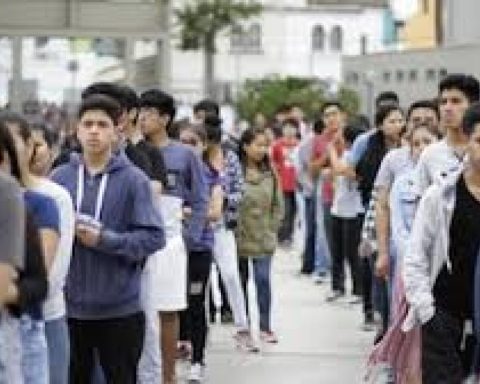With debts of R$ 43 billion recognized after the disclosure of balance sheet problems, Lojas Americanas entered into judicial recovery process, accepted on Thursday (19) by the Justice of Rio de Janeiro. The decision starts a process that could last for years and aims to save one of the most traditional retailers in the country.
What is judicial recovery: The mechanism, which replaced the old bankruptcy in 2005, involves negotiations with all creditors – from workers to suppliers – to prevent a company from going bankrupt. The entire process takes place under the supervision of the Court and will need to be approved by the creditors at a meeting.
The rules for judicial recovery were modernized in 2020, with the sanction of New Bankruptcy Law. Among the novelties are the expansion of financing for companies undergoing judicial recovery, the increase of up to ten years in the payment of tax debts in installments and the possibility for the creditors themselves to present plans for the company’s recovery.
Lojas Americanas’ judicial recovery plan comes into effect less than a month after the telephony operator Oi complete the process longest in the country’s history, ended after six years and which reduced the company’s debts from BRL 65.38 billion in 2016 to BRL 21.92 billion in September last year.
Oi sold the mobile phone services and the fiber optic network. Only broadband internet service was maintained. The number of customers shrunk to 5.08 million broadband Internet subscribers, against 47.74 million mobile customers and 5.7 million fixed Internet customers before the process. In terms of values, the largest judicial recovery process in the country, however, is that of the contractor Odebrecht, which has been in progress since 2019. The construction company accumulates debts of R$ 98.5 billion.
Probably, the Lojas Americanas plan will follow a similar path, with capital injection, transfer of shares to creditors and sale of assets. In addition to judicial recovery, the Bankruptcy Law allows extrajudicial recovery. In this case, the Justice does not supervise the negotiation between the company and the creditors, it only approves the agreement. Normally, extrajudicial recovery is applied in cases of smaller debts, which is not the case with the retailer.
Check out the main stages of judicial recovery:
- Company submits the request to Justice;
- If the judge accepts, collections and debt processes are suspended for 180 days, extendable for another 180 days. Labor claims and tax foreclosures may continue to be charged during this period;
- A trustee is appointed by the judge. It is up to the trustee to supervise the process and notify creditors. Typically, managers remain on the company’s board, except in serious cases, where a judicial manager is also appointed;
- The company has up to 60 days to present a recovery plan, which involves both the payment of debts (with extension of installments and rebates) as well as the sale of assets or even the merger with another company;
- Creditors have 30 days to file objections;
- The plan must be approved by at least 50% plus one of the creditors in each class. In the case of approval, whoever voted against must accept the conditions;
- In the event of rejection, the New Bankruptcy Law authorized creditors to present alternative recovery plans within 30 days, which must also be voted on at a meeting;
- The New Bankruptcy Law made it easier for companies undergoing judicial recovery to obtain credit by allowing special loans.
Who can apply for judicial recovery:
- Business companies and individual entrepreneurs registered for at least two years;
- Financial institutions, associations, cooperatives, non-governmental organizations, public or semi-public companies cannot join the mechanism;
- Among natural persons, only rural producers who act as natural persons can apply for recovery;
- Companies with a majority shareholder or administrator convicted of fraud or breach of business secrecy do not have access to the mechanism.
Division of creditors:
During the meeting, creditors are divided into four classes based on the type of debt:
- labor and work accident credits;
- loans with special guarantee (such as real estate or vehicles);
- loans without special guarantee;
- loans to micro or small business
- Each class of creditors needs to approve the judicial reorganization plan, but the judge, in special cases, can approve the plan even without agreement in all classes.
Bankruptcy
If the debtor company is unable to comply with the recovery plan, creditors can demand the execution of the agreement or file for bankruptcy. If the judge decrees bankruptcy, the company closes for good, and the assets of the bankrupt estate are auctioned to pay off at least part of the debt.
order of preference
In the event of bankruptcy, the proceeds from the sale of assets are allocated in the following order:
- labor credits of up to 150 minimum wages or work accidents
- credits with real guarantee, such as real estate
- tax credits, such as taxes
- other credits, such as debts with injured suppliers and consumers.




